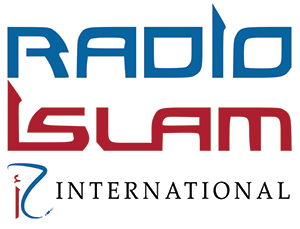Quick Recap – Causes of Ozone Depletion
Human-made chemicals are the main cause of ozone depletion. Global action (Montreal Protocol) has banned many of them, and the ozone layer is healing, but new threats like nitrous oxide and pollution remain.
Consequences of a Weakened Ozone Layer
What Happens if the Earth’s Sunscreen Wears Thin?
Think of the ozone layer as the Earth’s natural sunscreen. It sits high up in the atmosphere and blocks most of the sun’s harmful ultraviolet (UV) rays. When this layer gets thinner, more of these dangerous rays reach us.
Here’s what that means for us and our planet:
- Serious Health Risks for People
More UV radiation directly translates to more health problems:
Skin Cancer: This is the most well-known risk. UV radiation is a major cause of skin cancers, including the most dangerous kind, melanoma. More UV rays mean higher rates of cancer for people all over the world.
Cataracts and Eye Damage: UV rays increase the risk of cataracts, which cloud the eye’s lens and can lead to blindness. It can also cause other eye problems.
Sunburns and Weakened Immunity: People would get sunburned much faster, and UV radiation can weaken our body’s immune system, making it harder to fight off certain diseases.
- Harm to Nature and Food Supplies
It’s not just humans that are affected. The ecosystems we depend on suffer too:
Crop Damage: Many important crops like wheat, rice, and soy are sensitive to UV radiation. Too much UV can stunt their growth and reduce how much food they produce, which could lead to higher food prices and shortages.
Disruption of the Food Chain: The base of the ocean’s food chain is phytoplankton—tiny plants that live in the water. UV radiation can kill them or slow their growth. If phytoplankton populations drop, it affects all the animals that eat them, all the way up to the fish we catch.
- Effects on Animals and Plants
Wildlife: Animals with little protection from fur or feathers, like amphibians, can suffer from skin damage and reduced reproduction rates.
Plants and Forests: Increased UV can change how plants grow, damage their leaves, and reduce the nutrients they provide.
- The Climate Change Connection
It’s important to know that the ozone layer is not the same as climate change, but they are linked in a few ways:
A Complicated Relationship: The chemicals that destroy the ozone (CFCs) are also very powerful greenhouse gases. So, while they were creating the ozone hole, they were also strongly warming the planet.
UV’s Impact on Carbon: Plants and phytoplankton absorb carbon dioxide (CO₂). If UV radiation damages them, they can’t absorb as much CO₂, which means more of this greenhouse gas stays in the atmosphere, making climate change worse.
In a Nutshell:
A weaker ozone layer means more harmful sun rays reaching us. This leads to:
- More people getting skin cancer and eye diseases.
- Lower crop yields and potential food shortages.
- Damage to the ocean’s food chain.
- Complex effects that can make climate change worse.
The good news? The global agreement to fix the ozone hole (the Montreal Protocol) is working. The layer is slowly healing, preventing millions of cancer cases and showing that the world can come together to solve a major environmental crisis.





0 Comments